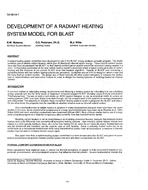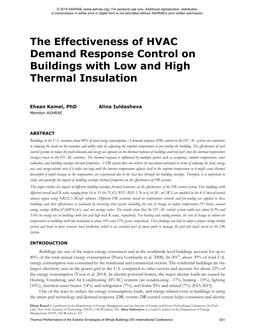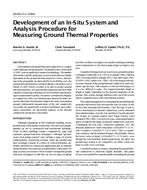The ongoing covid-19 pandemic has drawn the attention on the importance of providing adequate fresh air to the occupants of the built environment, in particular in educational buildings. Higher ventilation rates and personal protection devices like facial masks are among the strategies and procedures to reduce the infection risk, allowing the fruition of school spaces despite the epidemic progression. Nevertheless, the problem of airborne transmission has been usually dealt with considering each environment alone and assuming steady state conditions. Indeed, the contagion risk among adjacent environments, under dynamic occupancy or with variable ventilation rates has not been discussed in detail.
In order to investigate those aspects, this research focused on a floor with three adjacent classrooms at the campus of the Free University of Bozen-Bolzano, Italy (UNIBZ). The case-study is part of a modern high performance building, served by a mechanical ventilation system and equipped with building automation solutions. Furthermore, two out of three classrooms are part of the UNIBZ Living Labs, where a network of sensors is deployed for the constant monitoring of the indoor environmental conditions.
A TRNSYS and TRNFLOW air flow network model was developed, calibrated and validated against the experimental data collected in the UNIBZ Living Labs. Then, a series of transient scenarios were simulated by varying the probability of windows’ opening, mask utilization and ventilation typology. For each scenario and each room, the infection risk was assessed according to the Airborne Infection Risk Calculator tool (AIRC).
High risks of infection were found related to poor ventilation, as it can be the case during lectures if windows and doors are kept closed and the mechanical ventilation system is not operating. When open doors are simulated, pathogen propagation in adjacent environments was observed, even if with a lower associated risk if compared to the room where the pathogen source is located.
Product Details
- Published:
- 2021
- Number of Pages:
- 8
- File Size:
- 1 file
- Product Code(s):
- D-IAQ2020-C03
- Note:
- This product is unavailable in Russia, Belarus


